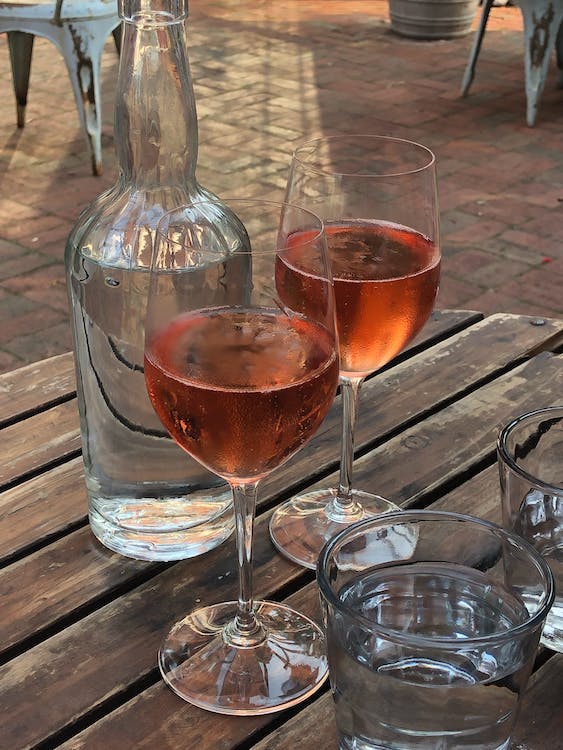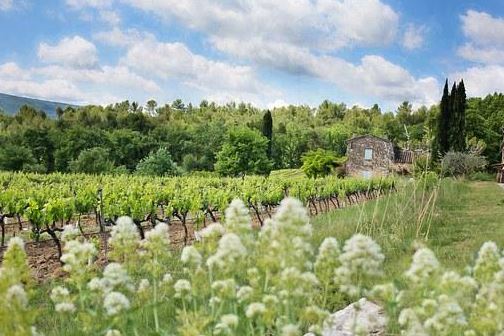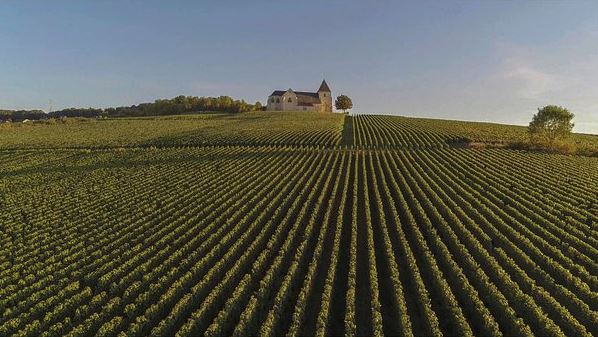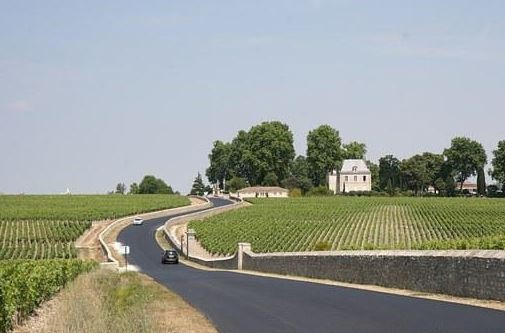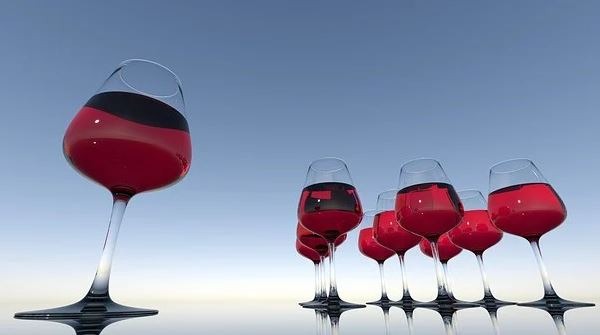France and superb wine are synonymous, and your list of top things to do in France would be incomplete without a stop at one of the country’s many beautiful vineyards. When it comes to wine-producing countries, France is at the top of the list. It is the world’s second-biggest wine producer, after Italy, and the world’s largest wine exporter by value. You may explore world-class wine areas all throughout France, from the well-known Champagne region in the north to Provence in the south, thanks to the variety of terrains and good climatic conditions for grapes.
We’ve put up this basic guide to the top vineyards to visit in France to help you get started and narrow down your options:
1. Château Cos d’Estournel
Château Cos d’Estournel, a gem of the Bordeaux area, will astound tourists with its staggering grandeur, a magnificent palace that will create a unique environment for your wine tasting excursion. This Asian-influenced farm was founded in 1811 by Louis Gaspard d’Estournel in order to produce the greatest wine in the region. The estate is known for its dedication to innovation, which it applies to every element of winemaking in order to maximize the benefits of its grapes while also protecting the natural environment in which they grow.
The majority of the vineyards are planted to Cabernet Sauvignon, with Merlot, Cabernet Franc, and Petit Verdot occupying a minor fraction of the area. Some of the vines on Cos d’Estournel’s 247-acre vineyard date back to the early twentieth century, and while they produce little, what they do produce is essential to the estate’s identity.
2. Château Lafite-Rothschild
Lafite gets its name from the Gascon word “la hite,” which meaning “hillock.” When the Ségur family organized the vineyard in the 17th century, there were probably already vineyards on the land, and Lafite began to gain its name as a famous winemaking estate. In the 1670s and early 1680s, Jacques de Ségur is credited for planting the Lafite vineyard. Alexandre, Jacques de Ségur’s successor, married the heiress of Château Latour in 1695, and Nicolas-Alexandre de Ségur was born. The wine histories of the Lafite and Latour fiefs were thus merged from the start.
Aside from its reputation for producing some of the world’s most costly wines, the winery’s beauty is a major lure for its numerous tourists. The Renaissance-style château is strikingly vast, and the adjacent vineyards, at over 275 acres, are among the region’s largest. Cabernet Sauvignon, like Cos d’Estournel, is the most widely planted grape variety at Château Lafite-Rothschild, with Merlot, Cabernet Franc, and Petit Verdot planted in smaller quantities.
3. Château Roubine
Château Roubine is located in the historic wine-making region of Provence. This is one of France’s oldest wine farms, dating from the 1400s. The architectural style is quintessentially Provence-inspired. The roubine (‘stream’ in English) has an influence on the château and gardens, and the name emphasizes the importance of water in the area. The château and vineyard are situated between the sea and the Verdon River, with a natural stream running through the heart of the property, assisting with drainage and irrigation. Relax in the Provençal outdoors with a glass of wine and enjoy the long summer days surrounded by pine trees and a stream.
Château Roubine has become known for its mastery of the art form and continual innovation, thanks to a top staff of 30 inventive winemaking professionals. Château Roubine also hosts a variety of events and activities, for example, an astronomy introduction which is more intriguing than studying in one of Paris’s beautiful libraries, an art gallery in the cellar (open all year), and festivals and concerts.
4. Champagne G. Tribaut, Champagne
Champagne G. Tribaut, a sparkling wine producer on the outskirts of Épernay, has been greeting guests to their winery for over 40 years, right in the heart of the historic Champagne region about two hours east of Paris. Ghislain and Marie-Jose are the ideal hosts to show you around this excellent family winery because of their warm welcome and apparent passion for their products.
The champagne tastings here are accompanied with homemade cookery, and while they supply many of the top brands in champagne manufacturing, their own smaller production line also produces some really good champagne.
5. Château Lynch-Bages, Bordeaux
Château Lynch-Bages epitomizes French winemaking. The structure is housed in a 19th-century mansion surrounded by over 250 acres of grapes in the renowned Bordeaux area. Bordeaux is known for its red wines, and the Cabernet Sauvignon, Merlot, and Cabernet Franc grapes are processed here.
Since 1749, the estate has been producing wine, and an on-site museum takes visitors to a bygone age when wine was made with horse-drawn carts, rope-pulley-bucket systems, and manual grape crushing. Visit the Château Cordeillan-Bages, a four-star hotel and Michelin-starred restaurant on the same property as the winery. Spend a night in one of the staterooms and pair your delicious supper with an aged wine grown here on the premises.
6. Champagne Jacquesson
Champagne Jacquesson was founded in 1778 and is now run by the Chiquet family, who hold 51 percent of the company. The house is in the Marne Valley, in Dizy.
The main 28-hectare properties are on the Côte des Blancs and the Grande Vallée de la Marne. Since the early 2000s, the Chiquet brothers have concentrated their efforts solely on 1er Cru and Grand Cru vineyards, selling the others. They have also reduced their output in order to improve the quality of the fruits. Currently, annual production is at 260K bottles.
7. Domaine Weinbach, Alsace
Domaine Weinbach has been producing wine in this site for nearly 1,000 years, and the terraces you see now were first used to store wine produced by Capuchin monks in the ninth century. The Domaine Weinbach winery sits just outside of the lovely town of Colmar, or approximately an hour south of Strasbourg, in the Alsace wine region near the German border.
It’s one of the few locations in France where wines are named after the varietal rather than the place, and Riesling and Gewürztraminer are two of the most popular kinds. Domaine Weinbach’s grapes are 100% organic, so you can be sure you’re drinking some of Alsace’s best. Although the wine tasting is free, it is difficult to resist purchasing a bottle or two of their excellent product directly from the winery before leaving.

